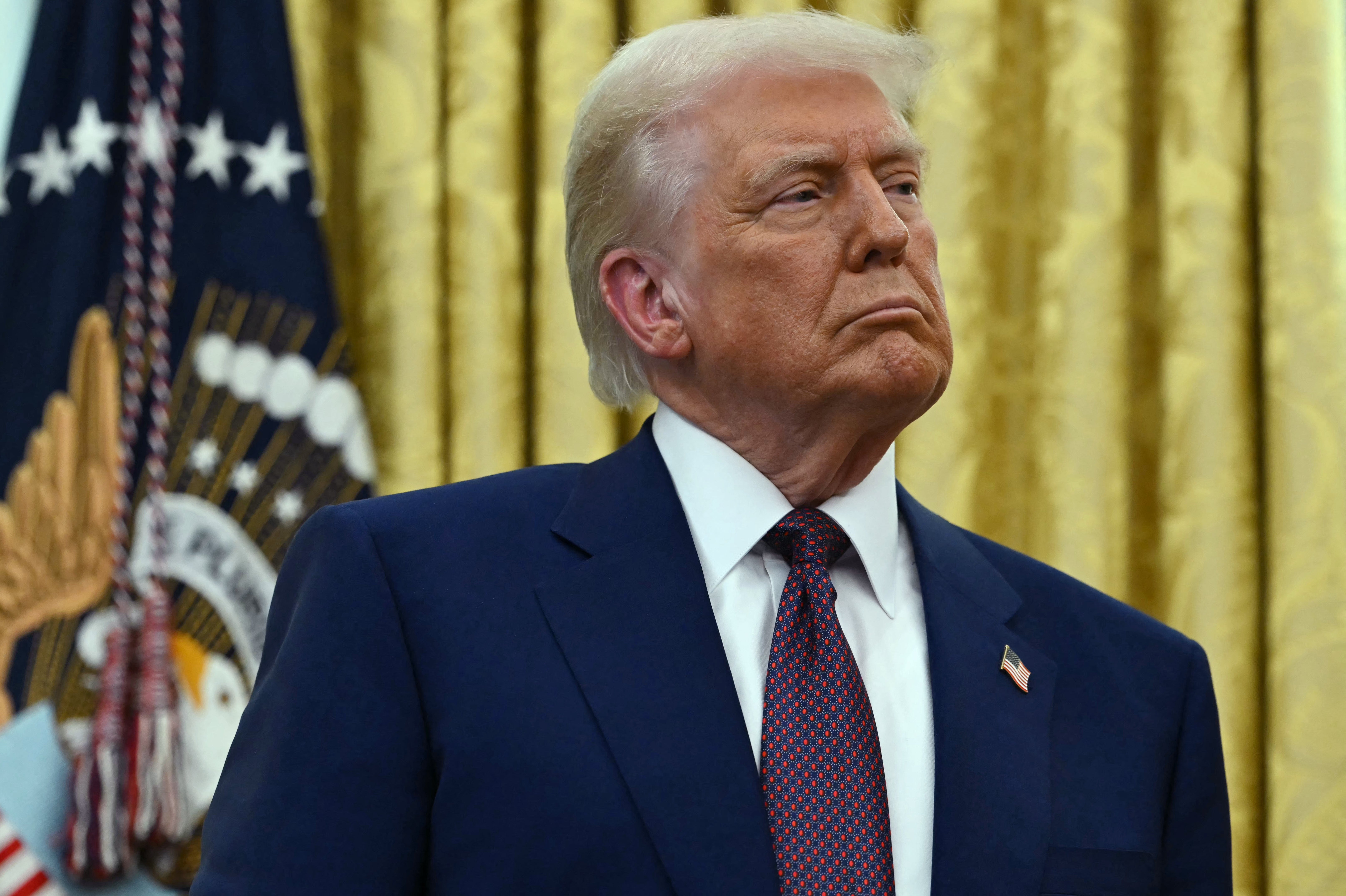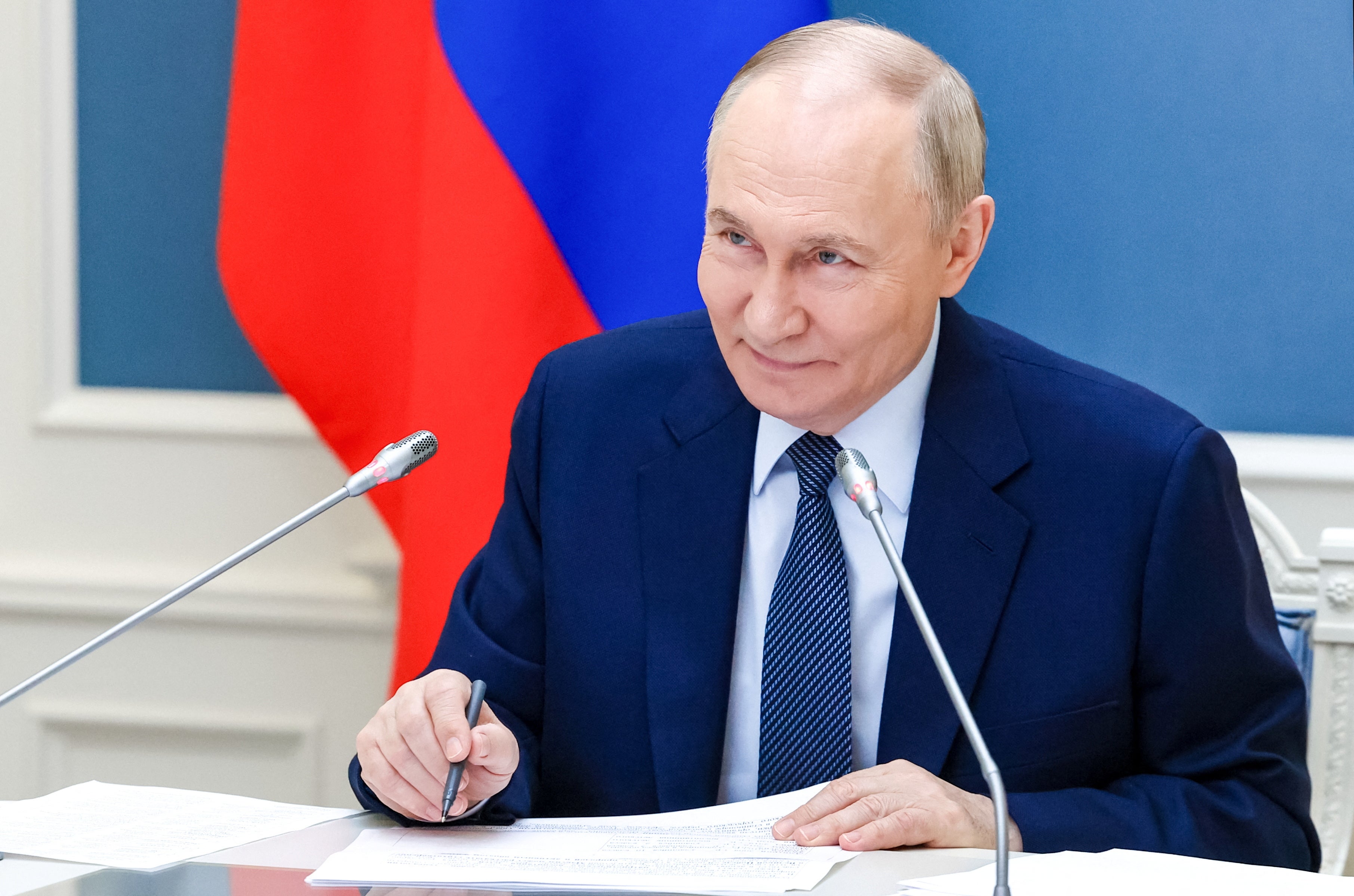The White House is wagging its finger, the Brits and other Europeans will be alongside Ukraine and Turkey has high hopes.
And when they all come together in Istanbul on Monday for ceasefire talks with Russia the Kremlin’s reaction will be “ish-to” – so what?
Vladimir Putin is facing no significant consequences from either Donald Trump or Europe for his continued war in Ukraine.
Indeed, the latest research shows that Russia is making billions from European gas exports that are funding its war – in Europe.
The heaviest sanction threatened by Trump, and repeated by his envoys, is that the US will “walk away” from engagement with Russia and Ukraine over getting a 30-day ceasefire agreed, let alone any kind of peace process.
On top of that, Keith Kellog, the lead US envoy to Ukraine, has repeated the White House mantra, which is also a Kremlin demand, that Ukraine will never join Nato.
The Trump administration has many levers it could pull to drive Russia towards a ceasefire. It could threaten to up military and intelligence support for Ukraine, it could back its Nato ambitions or it could offer troops to underwrite Ukraine’s future security.
It has inexplicably given up every one of those levers. As a result, the 32 members of Nato meeting at the end of June will have to decide what the alliance is actually for, as America has pivoted into camp Kremlin.
There is a large dose of double-think and hypocrisy here, though. Europe’s leaders and the EU say they have most to fear from Putin and yet are spending a vast amount of their money on Russian gas, which is used to fund its war that European leaders say is an existential threat.
“The EU was the fourth largest buyer of Russian fossil fuels in December, their imports accounting for 17% (EUR 2.5 bn) of the top five purchasers. LNG comprised the largest share of the EU’s purchases of Russia’s fossil fuels (39%), followed by pipeline gas (38%),” according to the Centre for Research on Energy and Clean Air (CREA).
A study by the BBC using CREA figures and data from the Kiel Institute for the World Economy, which tracks aid to Ukraine, found that Russia made $939bn (£697bn) from fossil fuel exports since the full-scale invasion of Ukraine in February 2022.
Ukraine has been allocated $309bn (£230bn) in foreign aid over the same period.
On top of that, the tax revenue available to the Kremlin has been further boosted by a loophole which allows countries, including the UK and EU members, that have imposed economic sanctions on Russia to import refined Russian oil products from countries that have not.

“In 2024, sanctioning countries imported €15.8 bn of oil products from six refineries in India and Turkey. An estimated €6.6 bn of this was refined from Russian crude. An estimated €6.1 bn of Russian crude oil was used by these six refineries to create products for sanctioning countries … imports of refined oil products from these refineries using Russian crude has generated €3.9 mn in tax revenues for the Kremlin, financing its brutal war on Ukraine,” the CREA report said.
“Over a fifth of these refineries’ total exports were directed to the EU in 2024, during which India became the largest exporter of oil products to the bloc.”
The EU has a plan to wean itself off Russian gas by 2027 and has cut its consumption from 45 per cent, in 2021, to about 19 per cent.
But Hungary and Slovakia, both sympathetic to Putin, continue to receive piped Russian gas.
And while the oil and gas flow out of Russia the cash flows in.
Russia has unleashed its biggest campaign of air strikes against Ukraine in the entire conflict over the last few weeks. It is massing troops on its border close to Kharkiv, Ukraine’s second city. The Kremlin’s forces have attacked the centre of the 1,000-mile front line with renewed vigour around Kostyantynivka, and it has rapidly adjusted to drone warfare.

None of this would have been possible without the vast oil and gas revenues available to Putin. CREA estimates Russia is making €652 million a day from fossil fuel exports which include legal sales and illegal smuggling operations that avoid the oil price “cap” on Russian crude set at $60 a barrel.
The Europeans want this cap lowered to $50 but that is being resisted by the Trump administration.
This leaves the US floundering in a soup of embarrassing platitudes.
“We want to work with Russia, including on this peace initiative and an economic package. There is no military solution to this conflict,” Acting Deputy U.S. Ambassador John Kelley told the UN Security Council. “The deal on offer now is Russia’s best possible outcome.
“If Russia makes the wrong decision to continue this catastrophic war, the United States will have to consider stepping back from our negotiation efforts to end this conflict,” he warned, adding that Washington could also impose further sanctions on Russia.
The US has very little trade with Russia. New US sanctions mean nothing. And if Trump wandered away from the diplomatic process it is hard to see why that would worry Putin.
But a worldwide effort to strangle Russia oil and gas exports would cripple his war effort. The problem is that the four biggest importers of Russian fuel, China, India, Turkey and the EU are not prepared to pay the price to give peace a chance.


